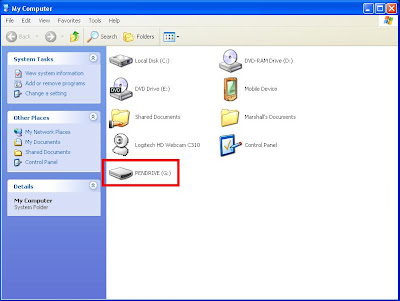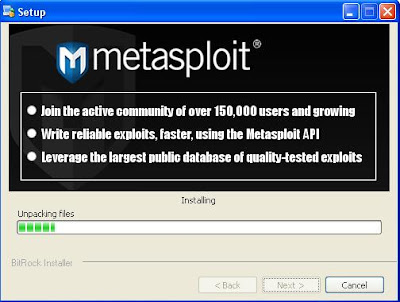[OLD] So you want to use Backtrack 5? [With Pictures/Windows/Mac/Linux]

I'm seeing a lot of my viewers still use Windows, and since I haven't posted any Windows information yet (don't worry, I will!) I felt like posting a how-to on dual-booting (or single-booting) the penetration testing suite I use called Backtrack 5 would be very helpful to everyone viewing my blog. Here's a quick list of the things you'll need to install Backtrack 5: a USB stick with at least 2gigs of free space (mine is 8gigs), I would suggest 4gigs as a minimum. a computer to install it to (you can dualboot, or fresh install and overwrite a disk) an Ethernet Internet connection makes this easier in the updating stage.
